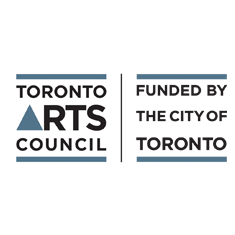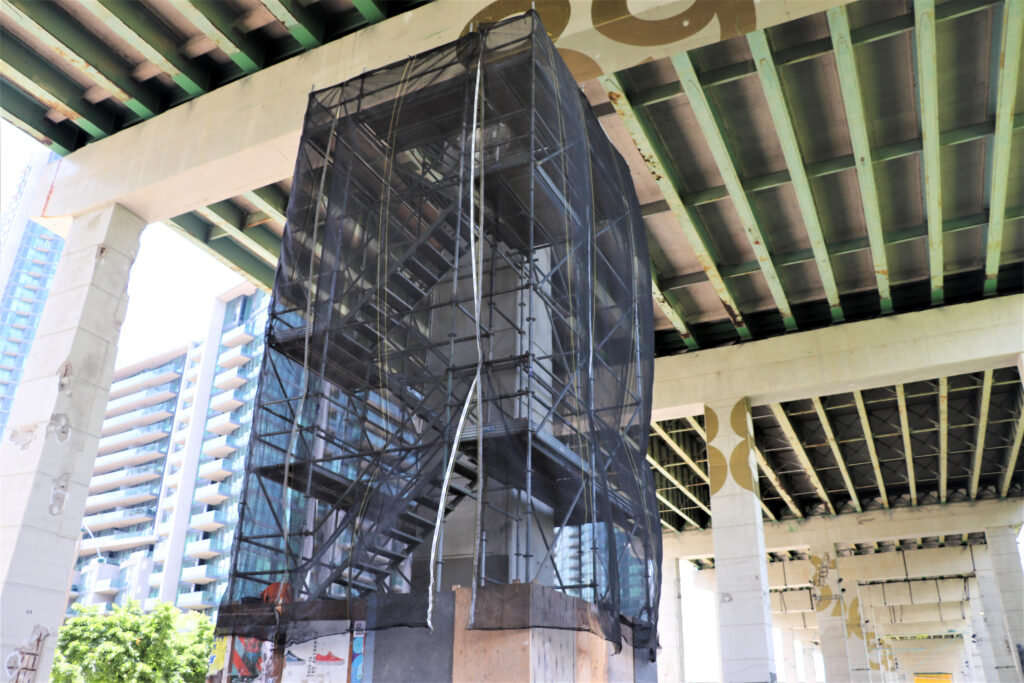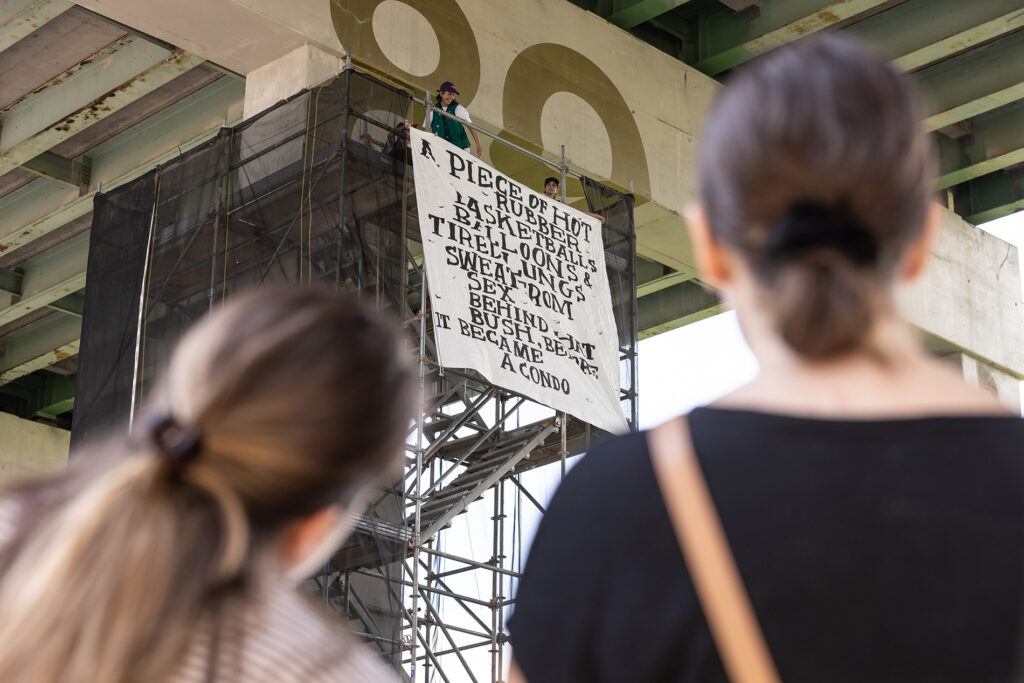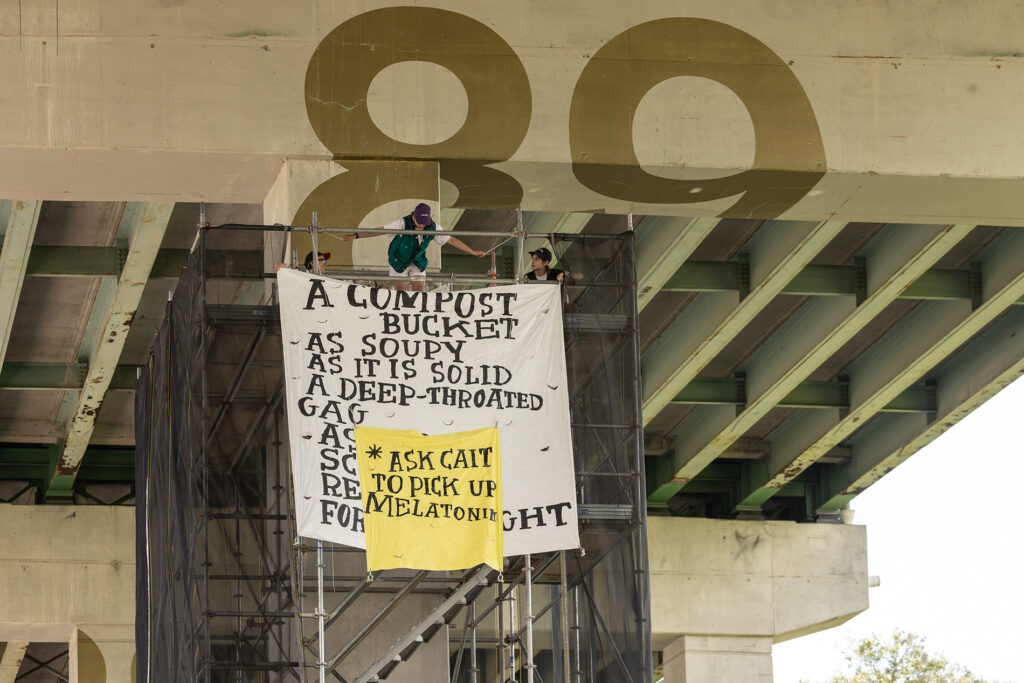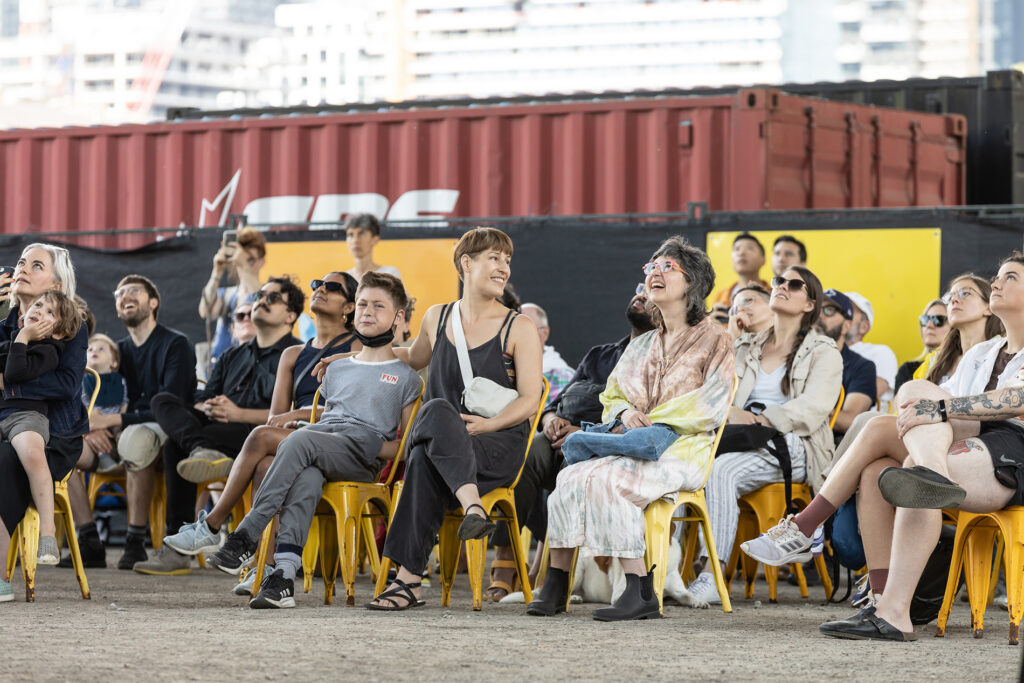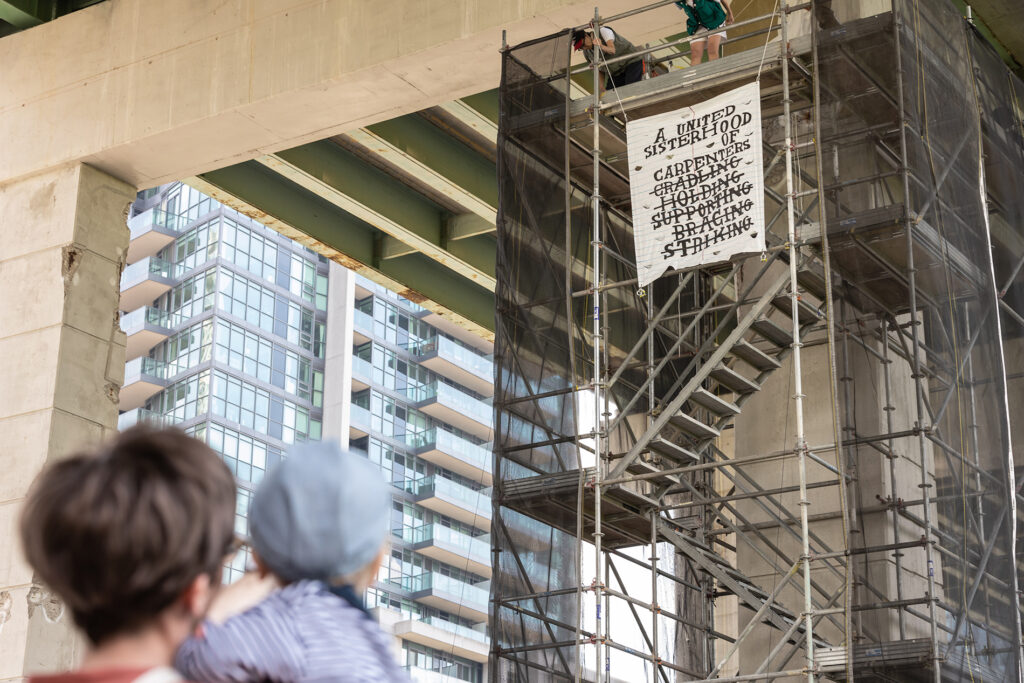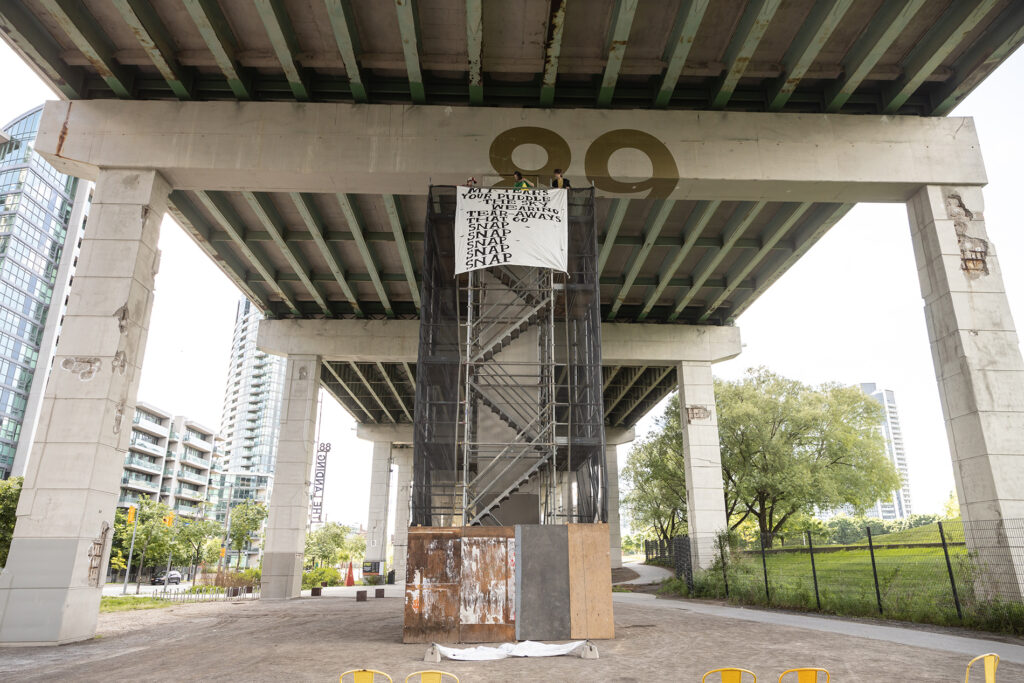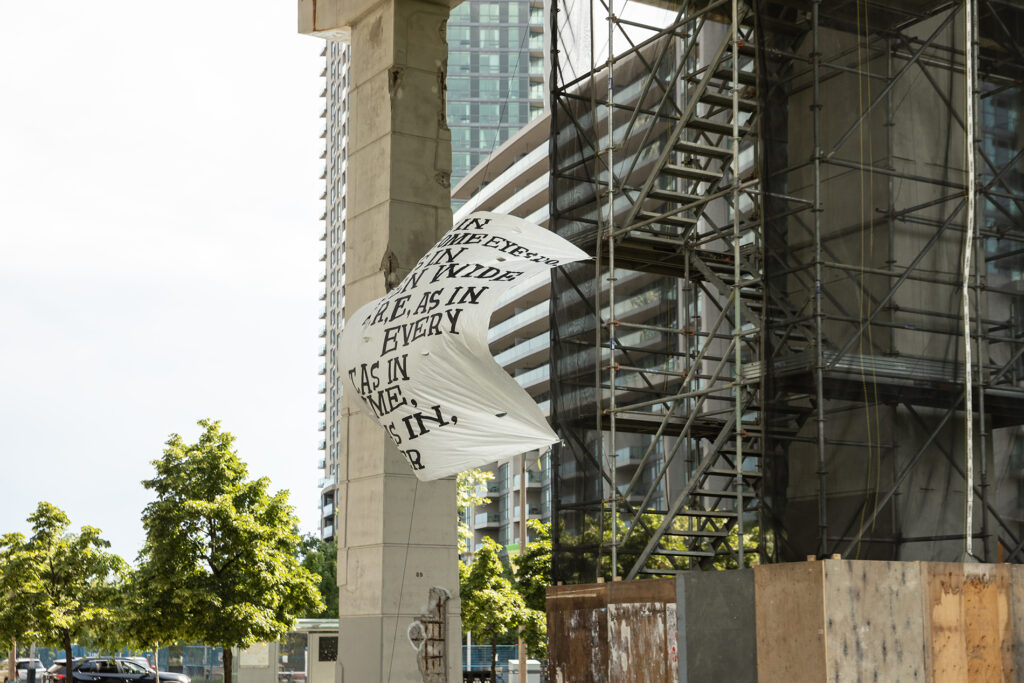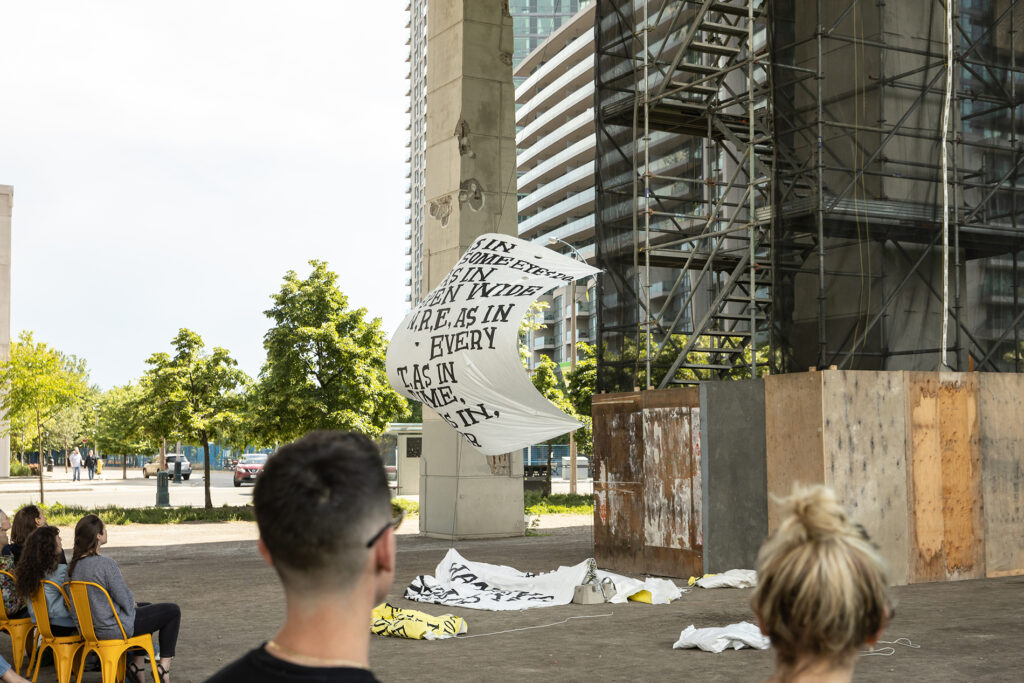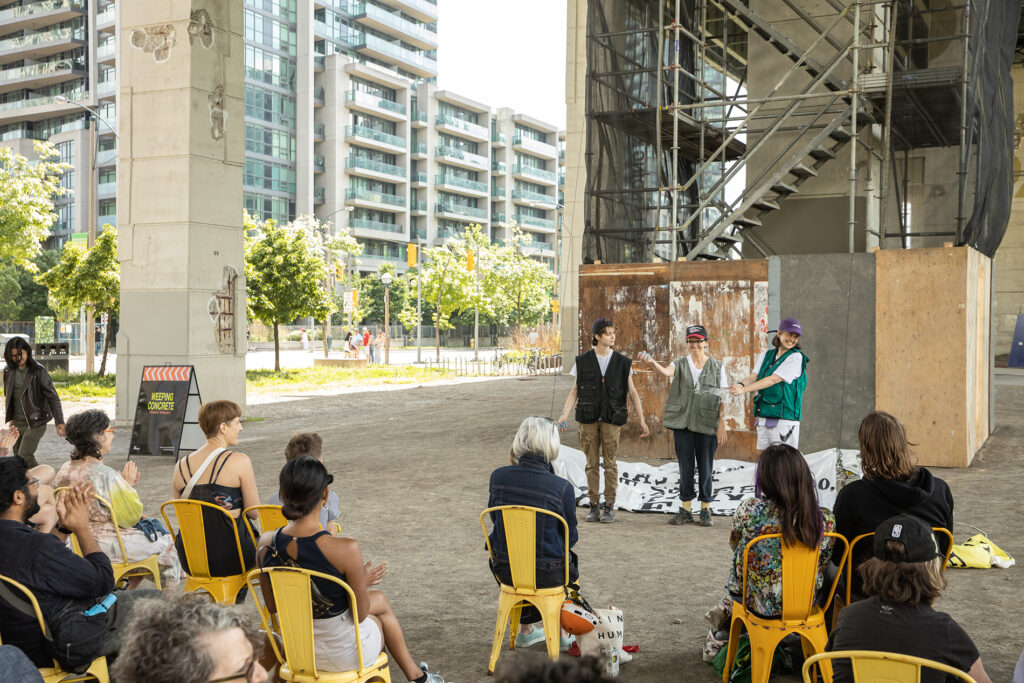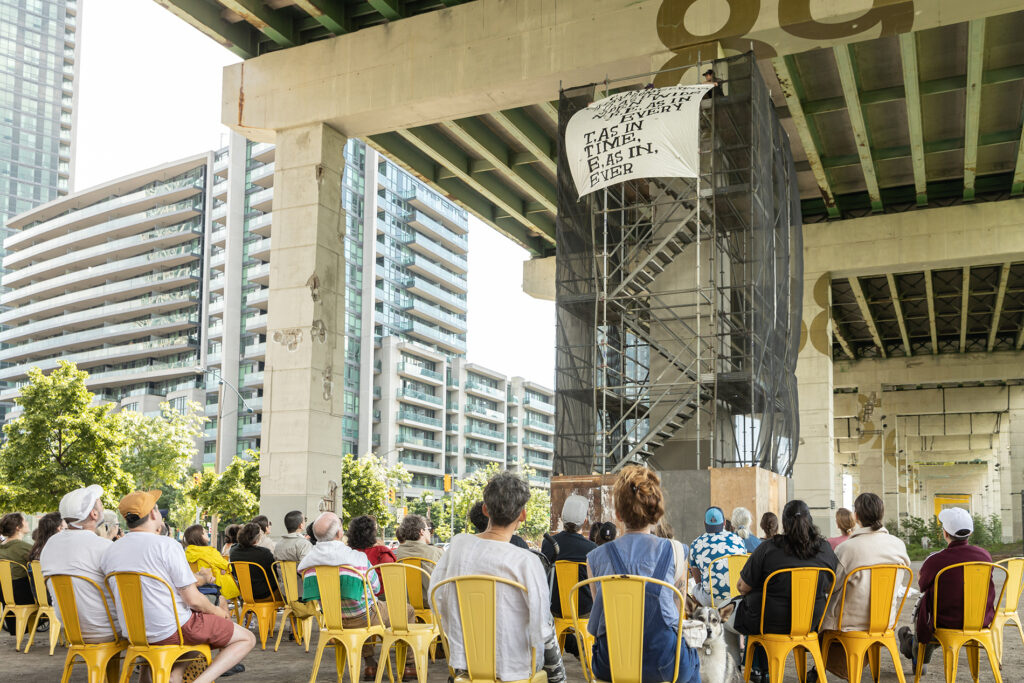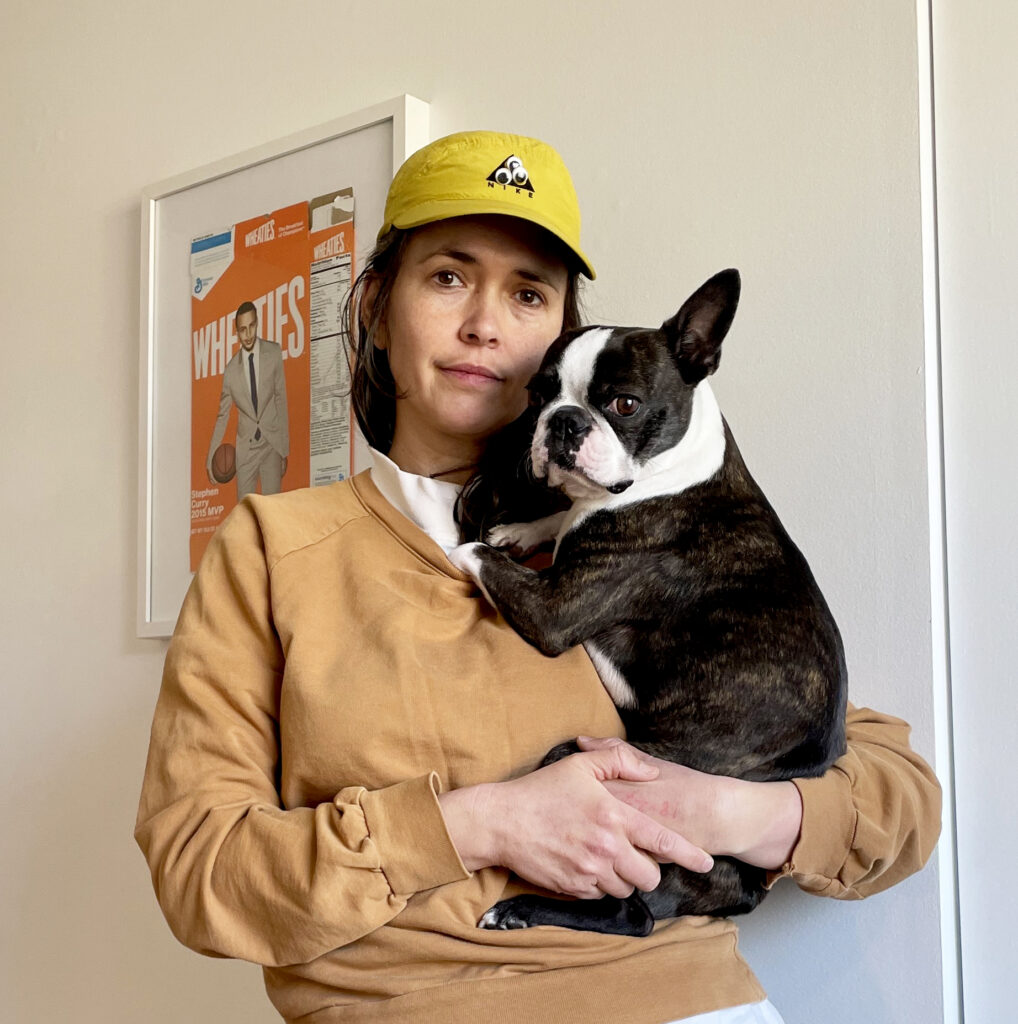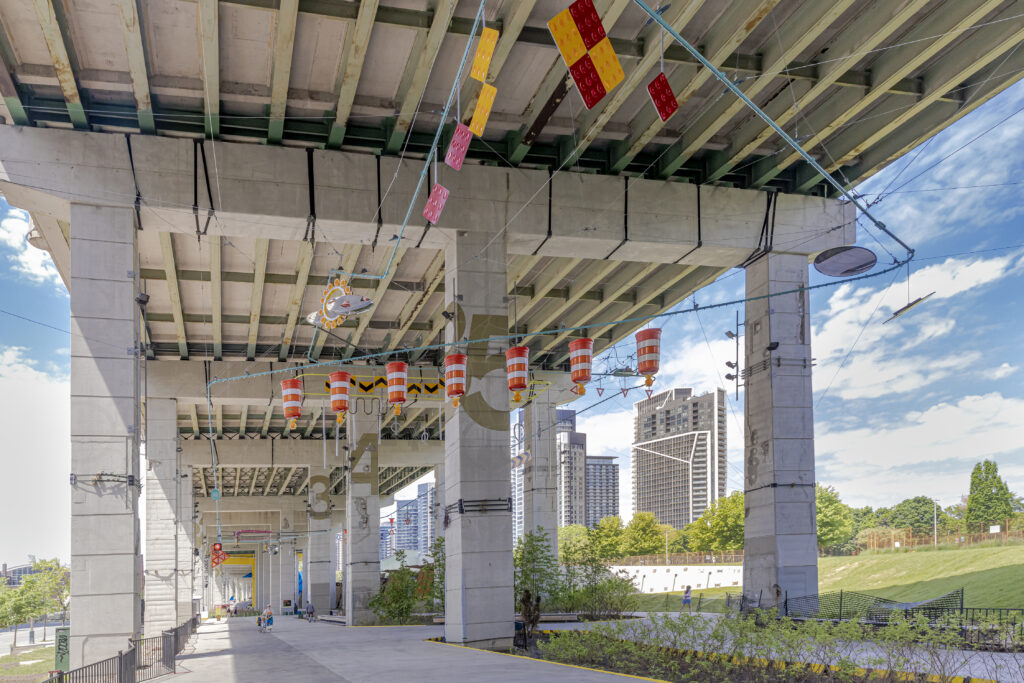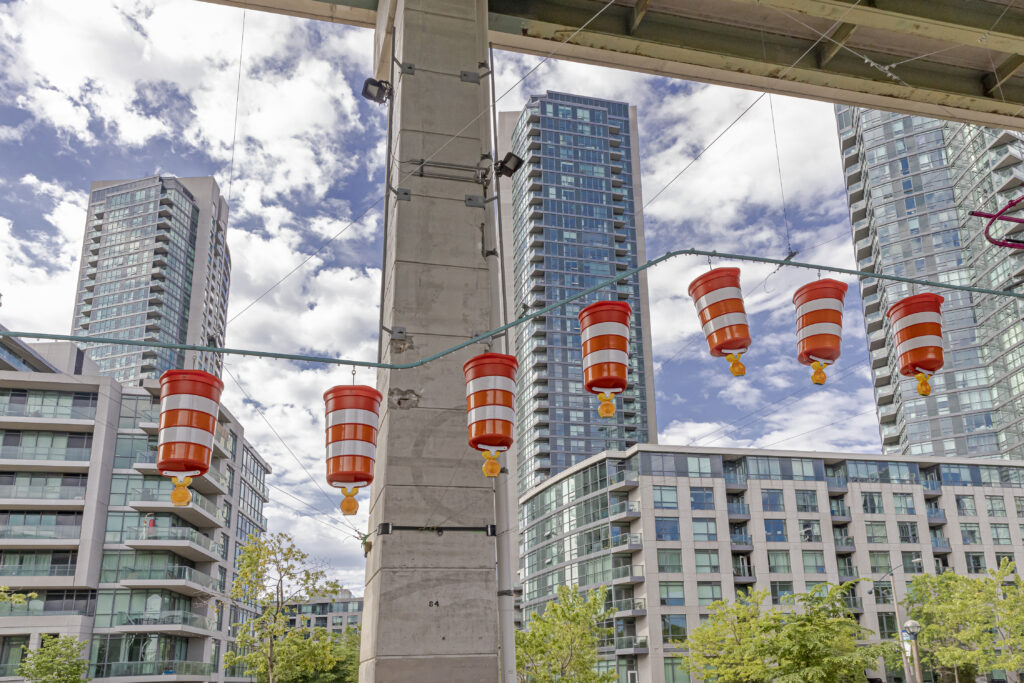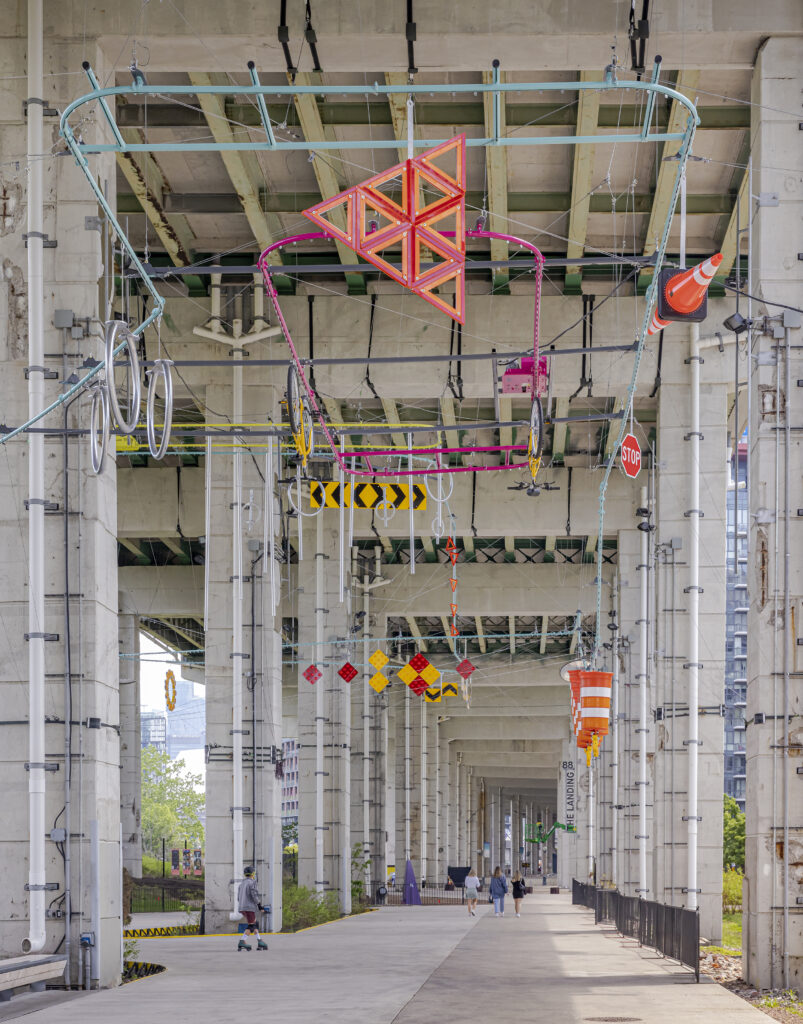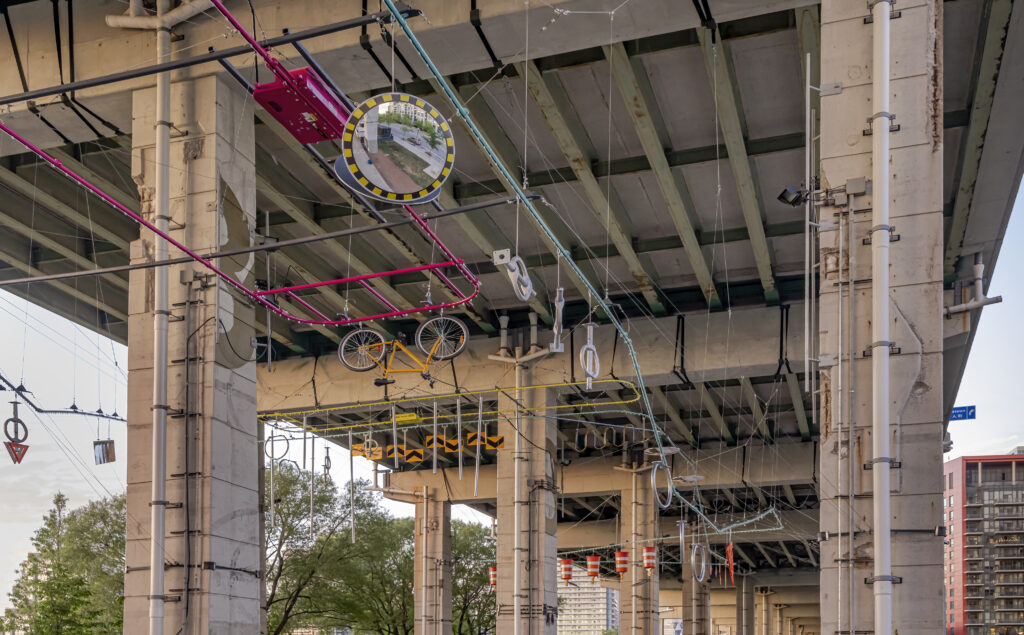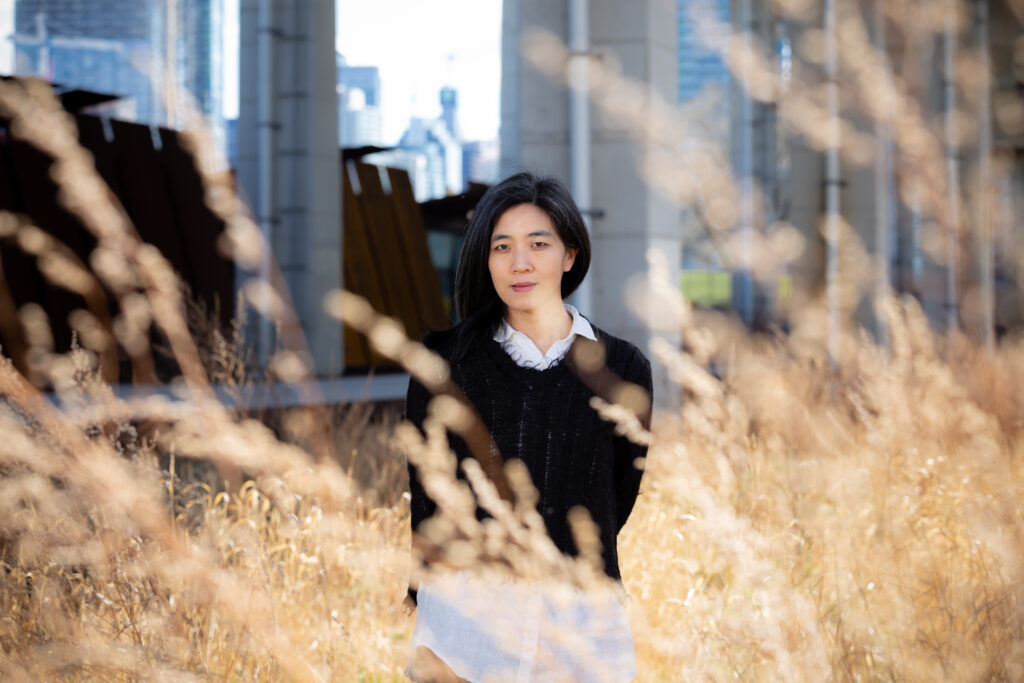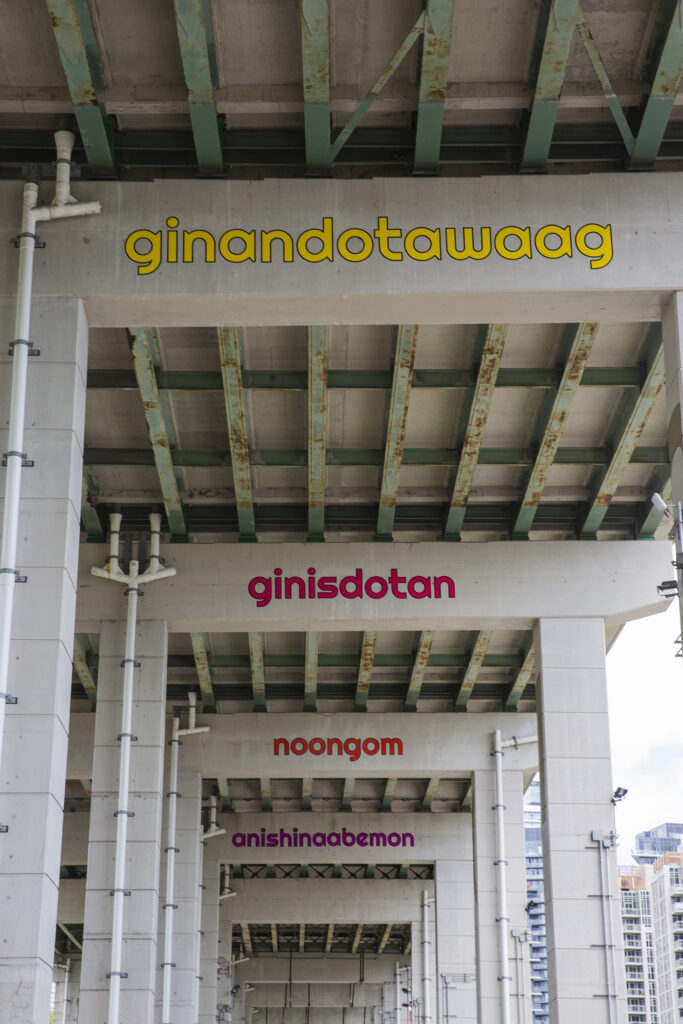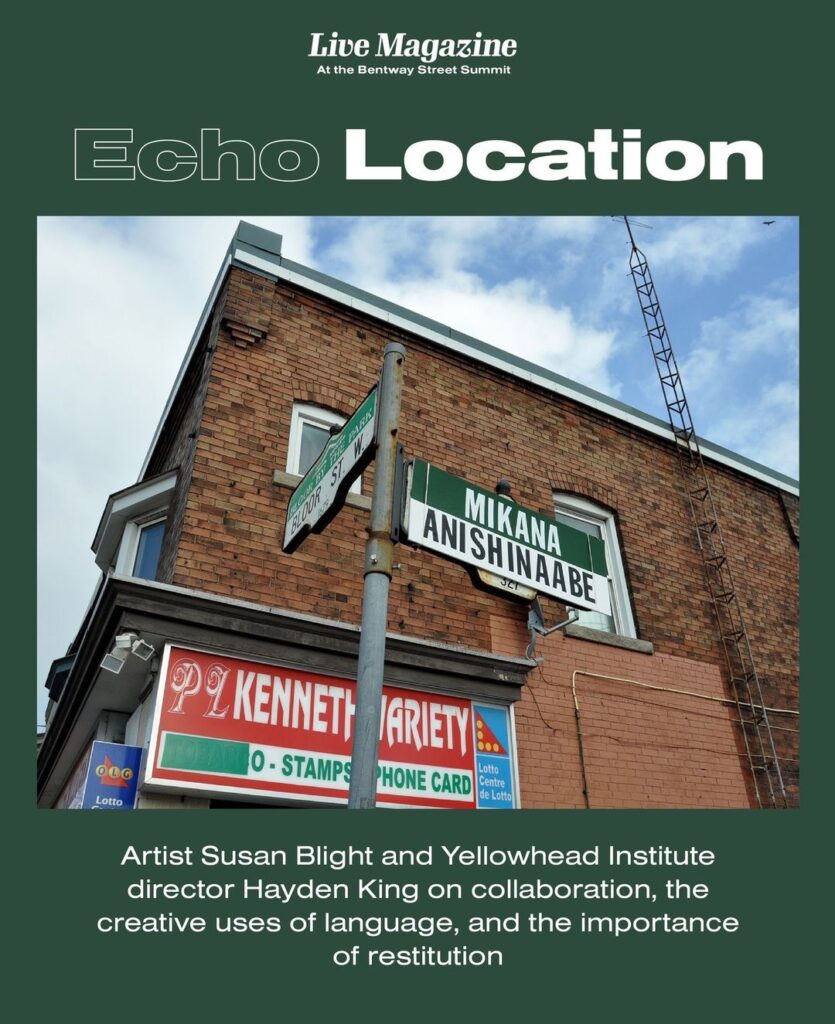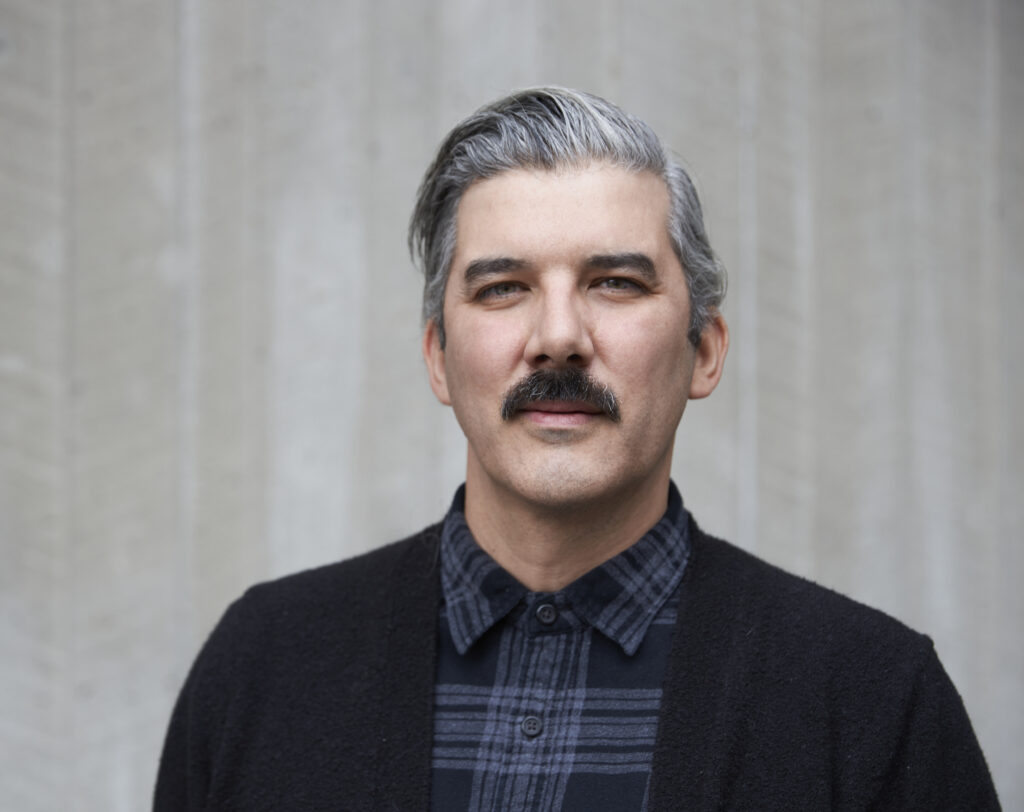A multi-sited audio-visual walking tour is now on exhibition under the Gardiner Expressway.
Following the year-long collaboration between The Bentway and SKETCH Working Arts, the Reconstructions of Home public art project continues with an audio-visual tour, a wandering, which leads visitors through a series of perspectives of those with lived experiences of homelessness/houselessness. Each site on the tour emphasises such themes as recognition, creativity, care, community, and connection.
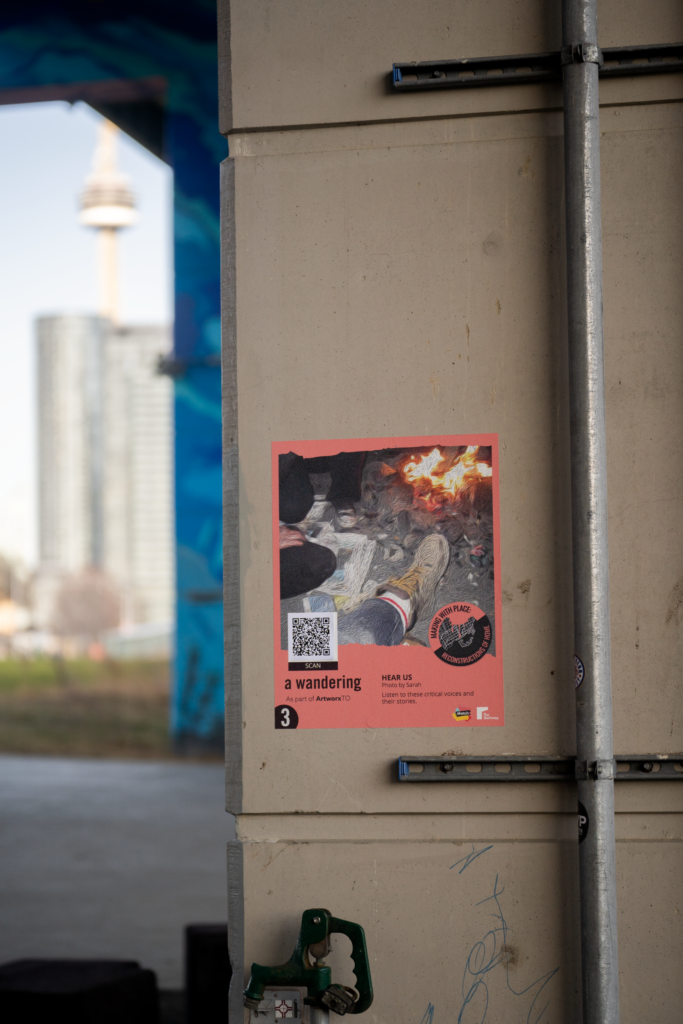
a wandering features the vibrant contributions of Toronto’s homeless community to the culture and development in the city, while highlighting the unresolvable tensions of navigating constant displacement, along with the societally-imposed stigma and barriers associated with homelessness or houselessness. Reconstructions of Home aims to shine a light on the resilience and creativity of these important neighbours and members in Toronto communities.
Co-presented with SKETCH Working Arts.
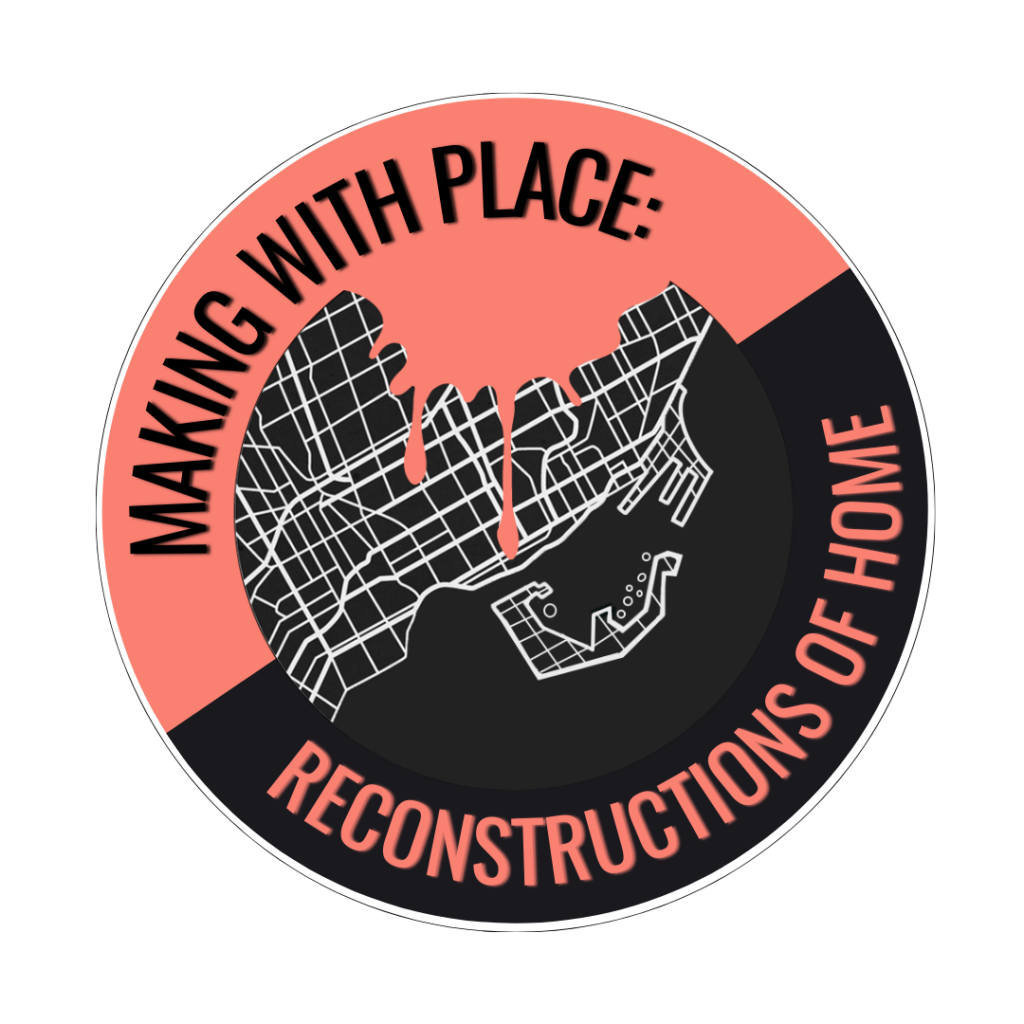
About the Artist
The ROH Curatorial Collective has been meeting together to gather stories and recollections from those with lived experiences. They have been designing together imagery and story that would respectfully honour those experiences and ways of knowing that emerge from that community. Their work includes remembering and grieving lives we have lost to the opioid crisis and complications of navigating homelessness and all that entails. They are a group of artists, community developers, educators, social workers, health care workers, and friends who are committed to building an active archive of voices and stories of homeless communities in Toronto.



